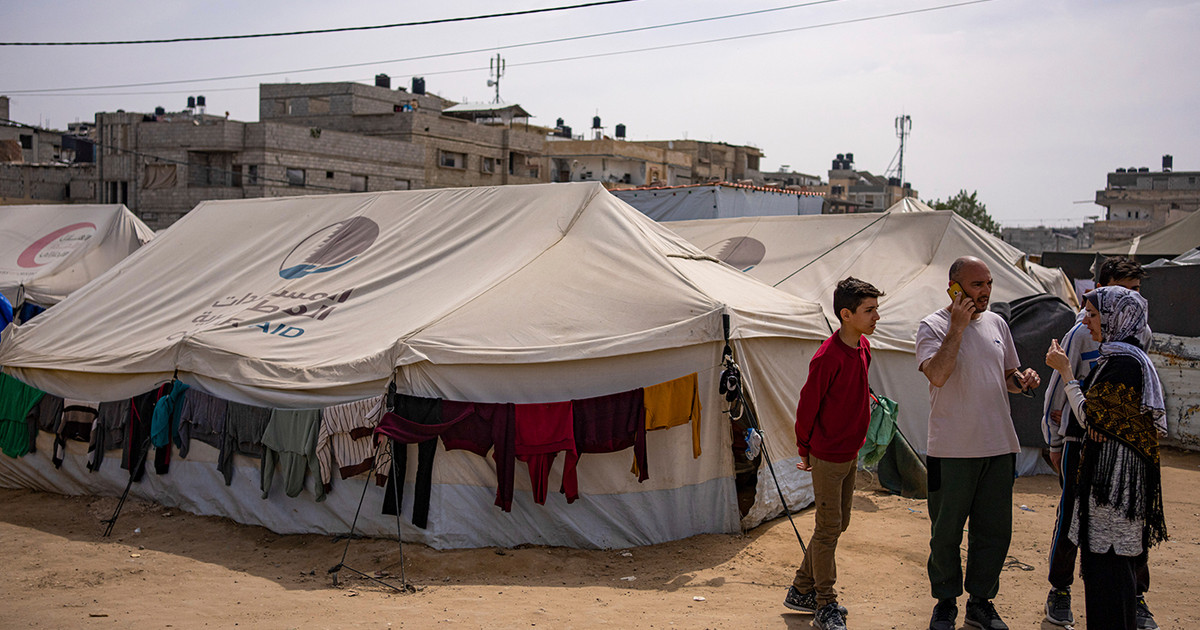“You have Maria Bonita’s blood. You are an empowered woman, a Northeastern woman”.
you have mary’s blood beautiful pic.twitter.com/RC7LVjk9RT
— lily pad (@thecake1975) January 23, 2023
The expression “blood of Maria Bonita” went viral early this Monday (23) after Fred Nicacio participant of Big Brother Brazil comfort the player Marília Miranda, in a conflict situation in reality.
Many netizens made memes and jokes from the scene, while others criticized the situation. But, after all, who is Maria Bonita? And why is her name used as a synonym for female power?
THE CNN spoke with Adriana Negreiros, author of the 2018 biography – Maria Bonita: Sex, violence and women in cangaço – to understand where the expression came from and the story behind it.
According to the journalist, Maria Gomes de Oliveira and other women were oppressed in cangaço and, therefore, it is wrong to romanticize suffering as “courage” and a symbol of empowerment.
“Culture has appropriated a lot of the image of these women, hiding the extreme violence they actually suffered”, pointed out the author.
After becoming involved with Lampião and joining the cangaço, Maria Bonita only lived until she was 28 and was the victim of a massacre alongside him. However, her deeds endure to this day.

Times of cangaço and Lampião
Cangaço was a phenomenon of the late 19th and early 20th centuries, in which men walked in groups through the sertão committing crimes (robbery, looting and rape) in the name of “justice”, often hired by large landowners and businessmen.
beautiful Maria she was the first woman to enter cangaço, opening the “door” for others to do the same. This happened because she and Lampião – the most prominent figure in rural banditry at the time – fell in love and he demanded that she join the group and accompany him.
oppression of women
According to the author, women who were included in cangaço ended up being subjected to men and their codes of conduct. While they were contemplated with “freedoms” within the rules, the female sex had only obligations. In some scenarios, failure to comply with them could even lead to death.
Despite all the atrocities, it is believed that with the arrival of women there were changes in behavior, division of tasks and a decrease in the number of rapes.
romanticization through art
The author of Maria Bonita’s biography told CNN that cangaço was romanticized by cordel literature, cinema and television – as was the case of the miniseries “Lampião e Maria Bonita”, by Rede Globo, in 1982.
“They were treated as revolutionary peasants, concerned about economic and social inequality, which is a naive and detached view of reality (…) They were strong women, of course. But they faced bad weather, the police and the violence of their companions”, concluded Negreiros.

Maria Bonita died at age 28, in 1938, shot and decapitated along with other members of the gang after an attack. Her heads were displayed to the public in traveling exhibitions in various cities as proof of the death of cangaço members. Her remains were buried only in 1969.
One of the most plausible theories for the nickname “Maria Bonita” comes from reports that, when identifying the dead, a police officer exalted the beauty of Maria Gomes de Oliveira and thus engraved his name in history.
Source: CNN Brasil
I’m Susan Karen, a professional writer and editor at World Stock Market. I specialize in Entertainment news, writing stories that keep readers informed on all the latest developments in the industry. With over five years of experience in creating engaging content and copywriting for various media outlets, I have grown to become an invaluable asset to any team.






